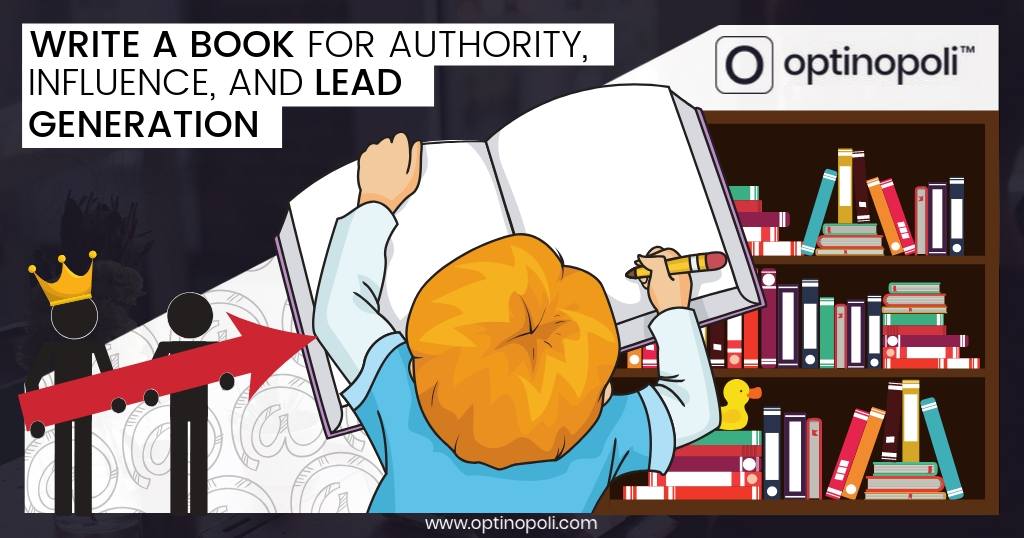
Write a Book for Authority, Influence ... and Lead Generation
Want to know who Google regard as their biggest search competitor? Bing? Yahoo?
Think again. It’s Amazon.
Many people think out main competition is Bing or Yahoo. But, really, our biggest search competitor is Amazon.
Eric Schmidt, Google Executive Chairman, speaking in Berlin, 2014
Write a book, publish on Amazon, and you get in front of one of the world’s biggest marketplaces. With 300 million users, it’s not a website you can afford to ignore.
But it’s not just Amazon.
Writing a book opens up other possibilities for list building too from additional channels, including offline.
So how exactly can a book be used for the purposes of lead generation?
This post gives you a simple four step process to do just that.
A simple four-step process on how to write a book for authority, #influence and #leadgeneration via @optinopoliClick To TweetStep 1: Write a Book
Yes, the obvious one first. You've got to write the darn thing.
If writing a book sounds intimidating at first, it really shouldn’t.
It doesn’t have to be epic. Even a short book can be effective, and generate leads long-term for your business.
Already have content in circulation for your business? It can often be a relatively straightforward matter of adapting that into book format.
For example, let’s say you have a blog. (Which should incidentally be a key cornerstone of lead generation activities).
You may already have multiple posts that can, with adaptation, be compiled together into a book. Each post can for example form a different chapter or section.
If not, then ...
How do you get started?
The key to using a book for lead generation is to ensure that what you cover attracts your target market.
What type of information is your target market likely to be searching for on Amazon? What types of question do they ask? What problems are they looking for solutions for?
While Amazon don’t publish data relating to search queries, do some research into what’s already available. Search for keywords related to your niche. See what’s out there and what seems to attract attention.
You may find popular books within your niche, but these may have no competition. You could add your own book to the mix, giving it a different angle.
Once you know what you're going to be writing about, it's time to plan.
Create a draft title for the book. Brainstorm a dozen or so topics within the book you’d like to cover.
Each of these topics can be a new blog post.
Then plan these out as new posts for your blog. That way, you not only get your book written as you create new blog content, but you're building organic traffic from search and social in the process, growing your website's visibility and generating further leads for your business.
Write a book for #leadgeneration by creating content for your #blog first via @optinopoliClick To TweetOnce all the posts are done, you have your book. Pull them together into a single document, and publish (see #3 below).
Step 2: Add one or more list building offers
One way to use your book for lead generation is to add opportunities into the book for people to leave you their contact details in return for a freebie of some kind (We'll look at the other way in Step 4)..
Few business owners write a book for the royalties. They write it to build authority, influence and as a lead generation tool.
Consider what additional value you can give away in exchange for the reader’s email address. This is usually a free resource of some kind.
As an example, Hal Elrod's The Miracle Morning weaves various offers into the narrative, including his own bespoke recipe for a super-charged early morning smoothie.
Potential giveaways might include:
- Additional training—this might be a how-to video on a key topic.
- A worksheet—your book might include an exercise for the reader to do, with an accompanying worksheet they can download.
- A companion workbook—this can be useful for some book topics, enabling readers to fill it in as they go through your material.
- A companion resource website—refer to resources throughout the book that would add to the reader’s experience which they can access by registering (this is largely Hal Elrod's approach above).
- Ongoing updates, tips and support—invite the reader to join your list and keep updated with your latest content.
Don’t wait until the end of the book to make a lead generating offer. The vast majority of people will never get to the end, so will never see it.
Integrate #leadgeneration offers throughout your book, not just at the end as most won't get that far via @optinopoliClick To TweetInstead, incorporate lead gen offers at the beginning, and at various points throughout the book.
However, you need to find the right balance, and ensure the value provided by the book isn't dependent on someone signing up to your list. It should simply be an option to access additional value.
Overdo it, and you detract from the value offered which will ultimately work against you. Ensure any lead gen offers provide genuine additional value, and are relevant for and therefore appealing to your readers.
Ideally, the level of trust and sense of relationship your book builds with the reader will engender them to willingly opt into your list.
Step 3: Self-Publish the Book
To have a book published, you no longer need the right connections, or hope for a lucky break with a publisher, desperately waiting for someone to say yes while fielding endless rejections.
Simply self-publish.
Essentially, here's the process:
- Go to Kindle Direct Publishing (KDP), an Amazon self-publishing service for print and digital. (It used to be CreateSpace. This has now combined with KDP).
- Click Get Started.
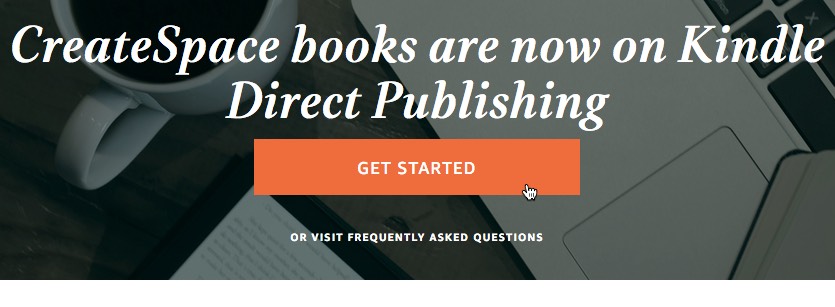
- Unless you've already got a CreateSpace account, jump to step 2 and create a KDP account.
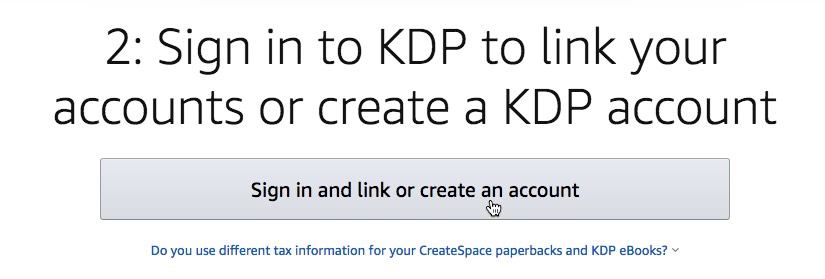
- Wait a few minutes, and you'll be (supposedly) redirected to KDP. If that doesn't seem to happen, as it didn't in my case, reload the page, and sign in.
- Agree to the terms and conditions.
- Complete the further information requested.
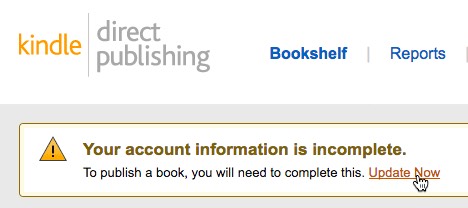
To publish a book through KDP, all you then need is the following:
- The book that you've written. It's well worth hiring an editor to go through your manuscript. It needs to be "good enough", without attracting negative reviews on Amazon—polishing it up before publication is a worthwhile investment to make.
- The cover. Invest in a good cover, to the tune of $200-$500. Don't scrimp at this point or all the work put into the book itself will be wasted. Options include 99designs, BookBaby, and running a search on Google for custom book cover design and assessing the various options.
- A description for your book, some keywords and the categories you want it to be listed under so people can find your book. See these best practices from Amazon.
- An ISBN number, the unique identifier for your paperback book. It's easy, you'll get one for free.
Consider also employing a seasoned self-publishing expert to guide you through the process and get the benefit of the lessons they've learned along the way. But use someone who gets it from the business perspective, and understands your goals. You don't want someone who focuses on fiction.
A good option I'd recommend is the Elite Publishing Academy.
Step 4: Give Away the Book for Lead Generation
A book represents a high level of perceived value, and the very act of having written one gives you credibility and authority. Giving away a book in return for a prospect's contact details can achieve high conversions and provide effective, scalable advertising.
In addition, rather than just an email address, you can now request more data. To send them the book, of course you need their full address.
This gives you the opportunity to follow up through direct mail too, potentially building a stronger relationship than email alone would provide.
One of the best ways to use a book for #leadgen is to simply give it away via @optinopoliClick To TweetCase Study
A consulting client I've worked with for a few years, a high-profile marketer with info-products and a growing digital agency, was spending several thousand dollars a month testing various lead gen offers on ad networks like Google and Facebook.
They were struggling to get the numbers to work. The cost per lead was too high for the level of sales the leads were generating.
But they persevered. They finally got a win with the test of a free book offer. This included free shipping. All the prospect had to do was fill in their information, and the book would be on its way.
Their free book offer:
- Increased click-throughs on the ads.
- Increased conversions on the lead gen page.
- Reduced the cost per lead.
- Increased sale conversions on products offered to new leads, thanks to the authority the book provided.
The results meant they could now scale the advertising profitably, giving them an inflow of hundreds of new leads a month.
This is the type of lead-generating power a book gives your business.
To Conclude
As we've seen, writing a book is a powerful tool for lead generation. It builds authority, credibility and trust, and puts your business on Amazon in front of over 300 million buyers.
Use it to attract leads by both incorporating lead gen offers into the book itself, and giving copies away for free in return for the contact information of prospects.
Even better, using a free book offer as the basis of advertising can give you a scalable, cost-effective means of attracting hundreds of new leads for your business a month, while giving you the authority and credibility you need to convert those leads into customers.
How to write a book for authority, influence and #leadgeneration via @optinopoliClick To Tweet
steve shaw
Steve Shaw is the CEO of optinopoli™, next-generation lead capture and sales conversion technology—click here for more info.
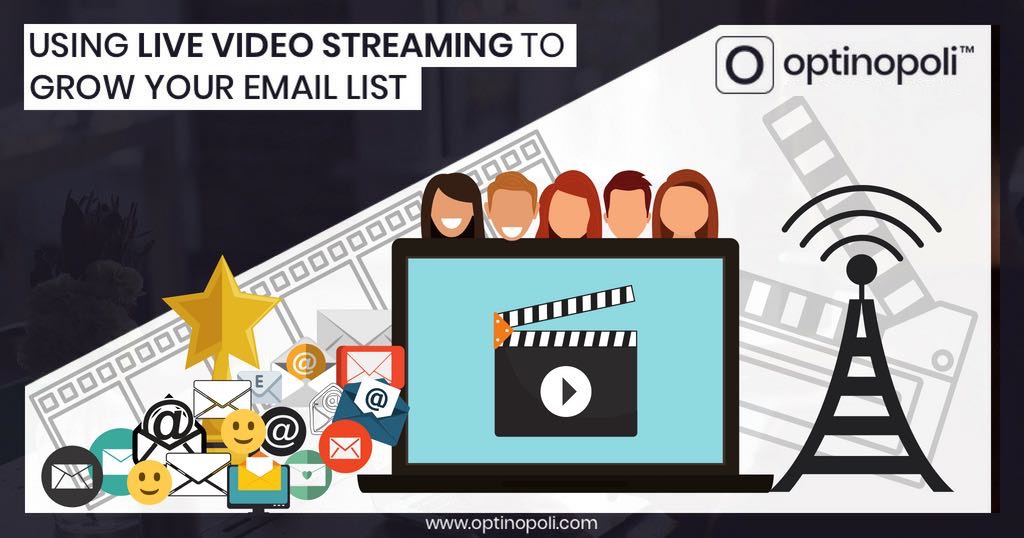
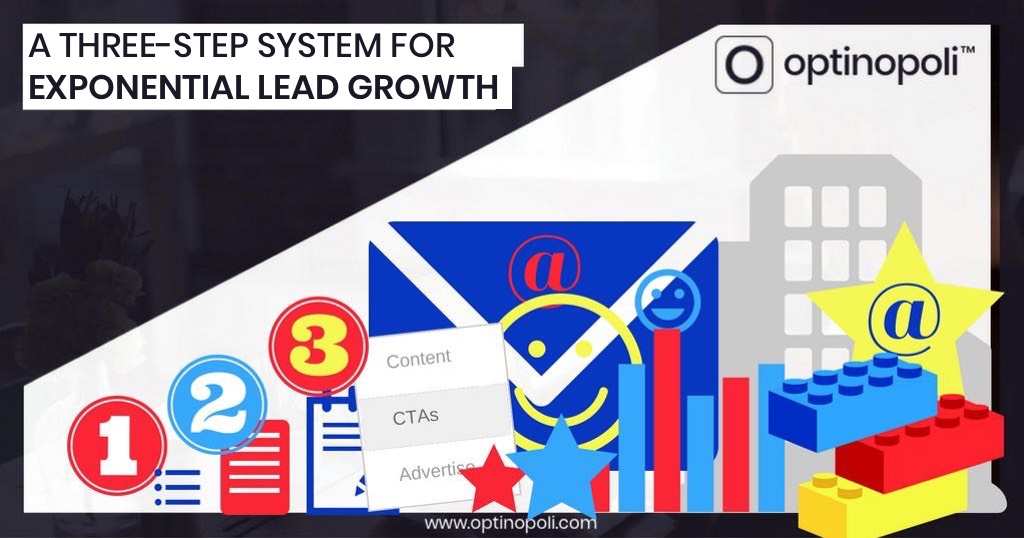

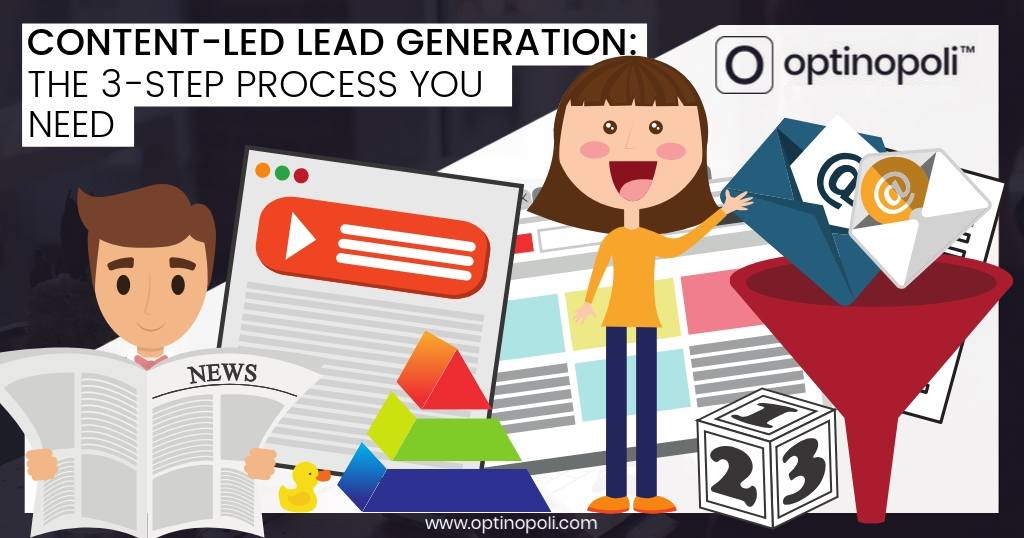
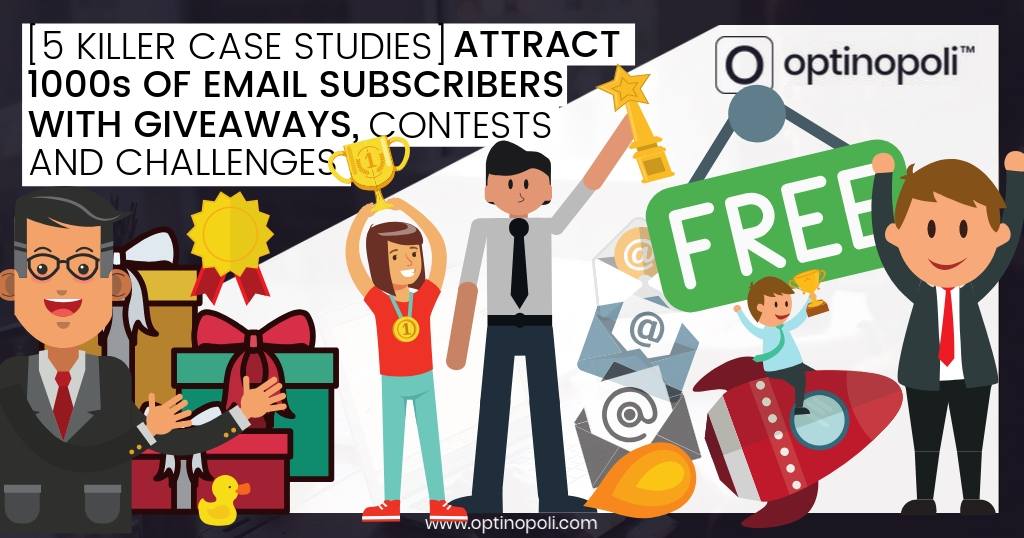
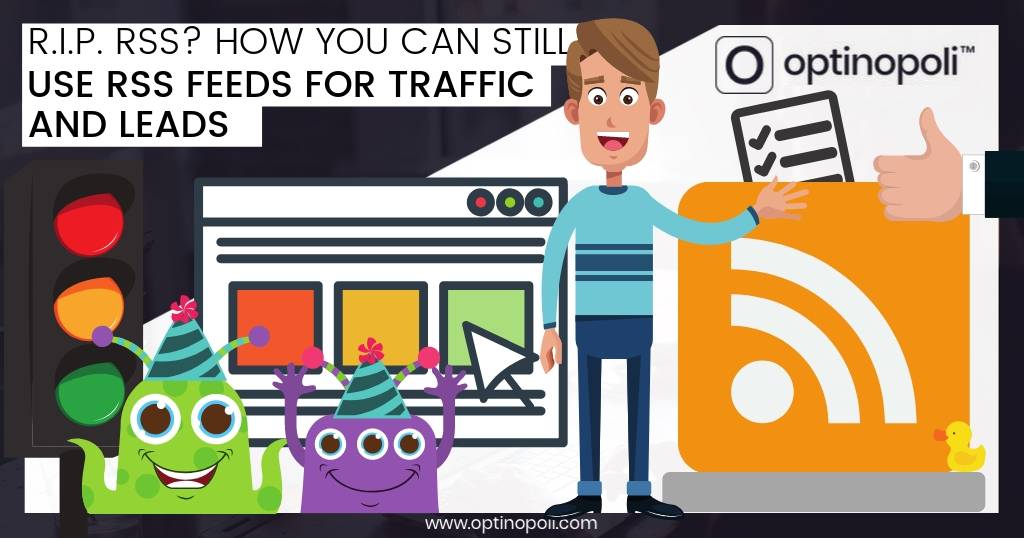
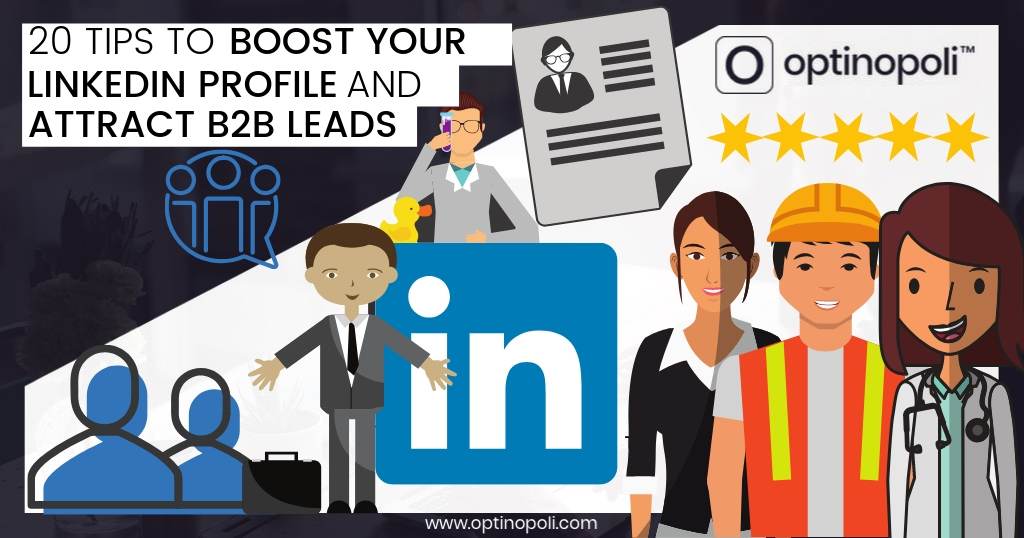
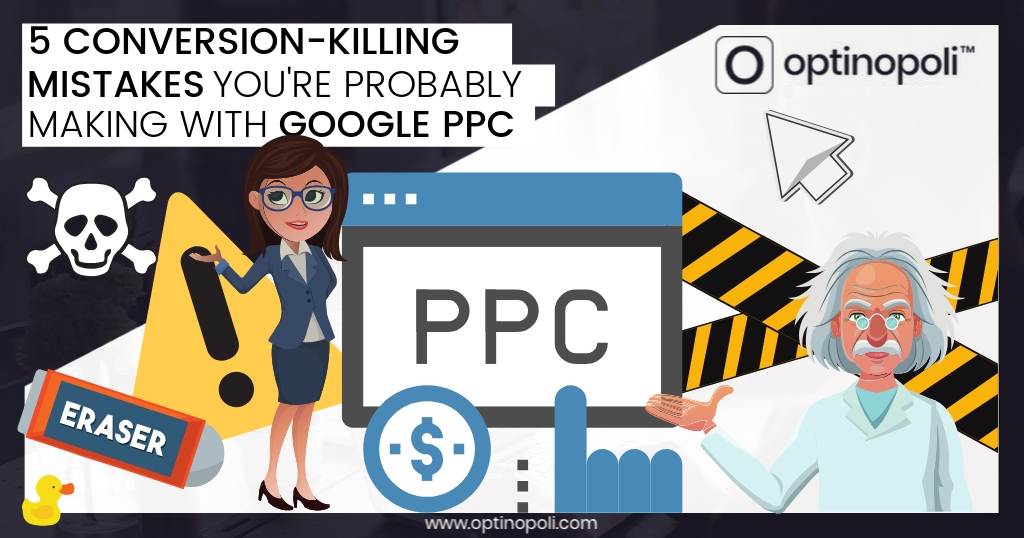
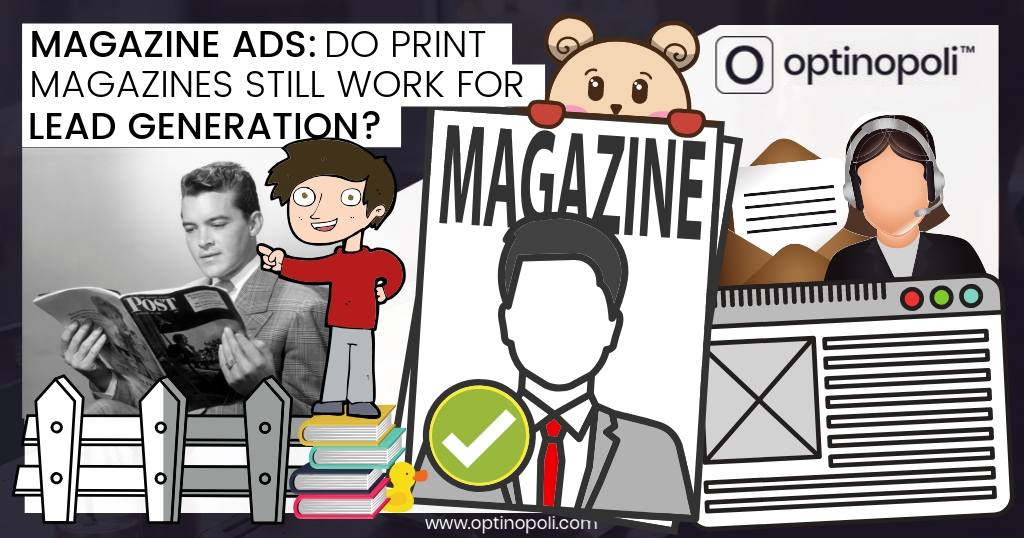
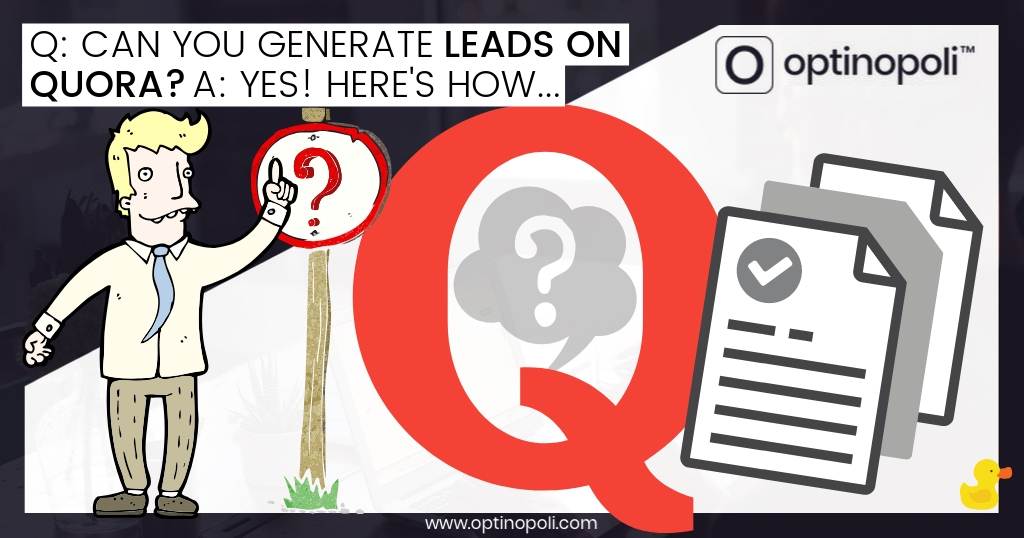
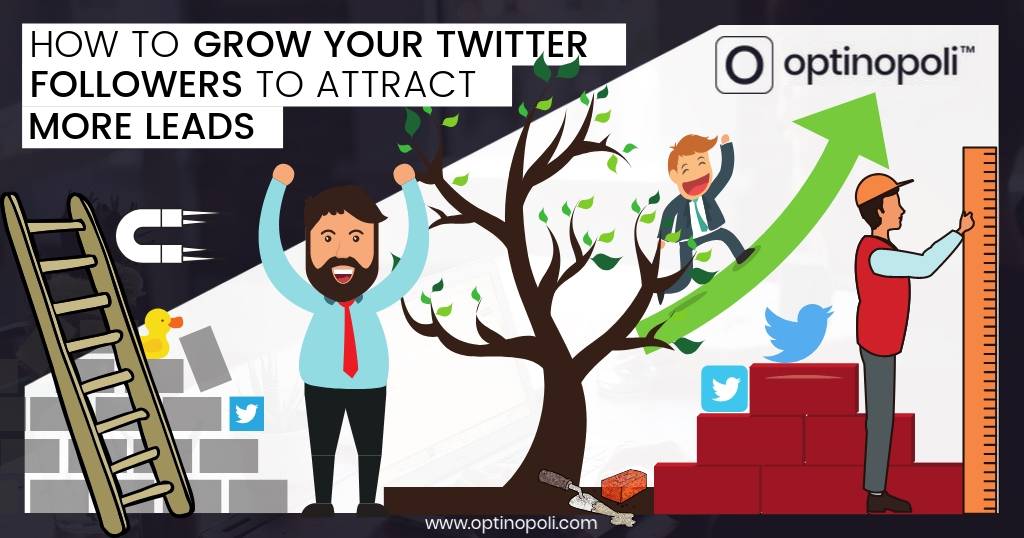
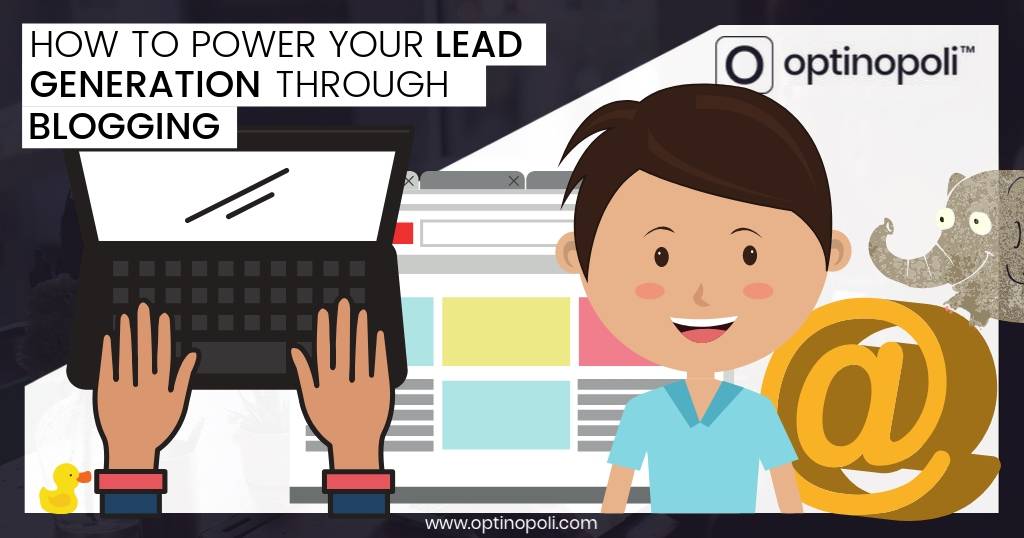
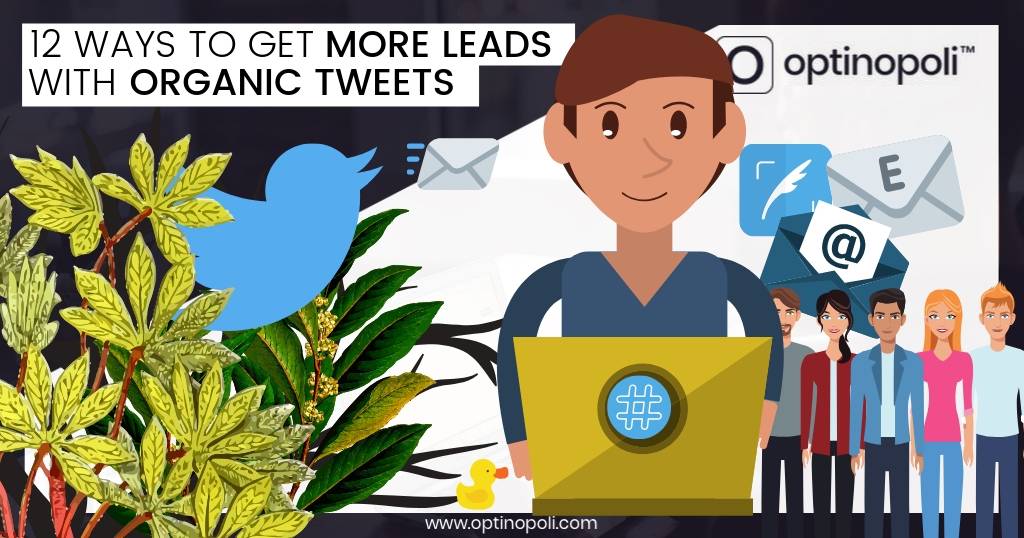
Comments